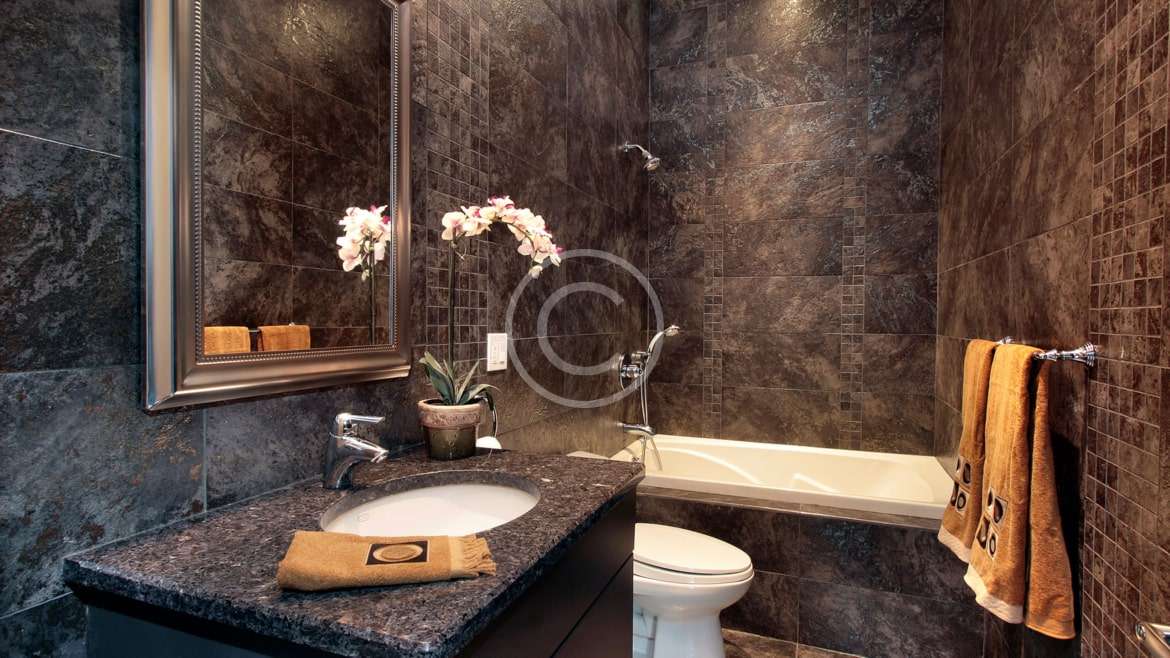
Maintenance for Water-Efficient Toilets: A Tech Guide
Share
In a world increasingly conscious of sustainable living, having a water-efficient toilet is no longer just an option, but a necessity. These toilets not only help in conserving water but are also designed to operate with optimal efficiency. However, like any technological marvel, they require regular maintenance to function at their best. This article delves into the nuances of maintaining water-efficient toilets, offering insights that resonate with tech professionals and enthusiasts alike.

The Tech Behind Water-Efficient Toilets
Water-efficient toilets have come a long way since their inception. With advancements in technology, these toilets are designed to use significantly less water per flush compared to traditional models. The science behind this involves dual-flush systems, pressure-assisted mechanisms, and gravity-assisted flush systems. Each of these technologies offers unique advantages and requires specific maintenance practices to ensure longevity and efficiency. For a deeper understanding of dual-flush systems, you can check out this article.
Regular Inspections: A Key to Longevity
Just like any other tech gadget, regular inspections are crucial for water-efficient toilets. Tech professionals understand the importance of routine checks in preventing potential issues. By inspecting the toilet's components such as the flush valve, fill valve, and flapper, you can identify small problems before they escalate. Regular inspections also help in maintaining the toilet's efficiency, ensuring it uses the minimal amount of water necessary for a powerful flush.
Maintaining Dual-Flush Systems
Dual-flush toilets offer flexibility in water usage, providing options for a full or half flush. This system is highly efficient but requires regular maintenance to prevent leaks and inefficiencies. Ensuring that the buttons or levers are functioning correctly and that the seals are intact can prevent water wastage. For more on eco-friendly bathroom practices, consider reading about eco-friendly bathrooms.
Addressing Common Issues
Common issues with water-efficient toilets include weak flushes, leaks, and slow refilling. Addressing these issues promptly is crucial. For instance, a weak flush could be due to a clogged jet or a malfunctioning flapper. Tech enthusiasts with a knack for problem-solving can tackle these issues by checking the water pressure and ensuring that jets are clear. Slow refilling might indicate a problem with the fill valve, which may need adjustment or replacement.
Upgrading Components for Enhanced Efficiency
As technology evolves, so do the components of water-efficient toilets. Upgrading parts such as flush valves and fill valves can enhance the efficiency of your toilet. Many manufacturers offer advanced parts that are designed to improve water conservation and performance. For tech professionals, this presents an opportunity to integrate cutting-edge technology into everyday life. Discover more about reducing toilet water waste here.
Cleaning and Care
Maintaining cleanliness is vital for the longevity of any device, and water-efficient toilets are no exception. Regular cleaning prevents the buildup of mineral deposits and bacteria, which can affect the toilet's performance. Use non-abrasive cleaners and a soft brush to clean the bowl and components, ensuring that no harsh chemicals damage the seals and mechanisms.
Embracing Technology for Improved Maintenance
The integration of smart technology into home appliances has transformed maintenance practices. Smart toilets equipped with sensors can alert users to potential issues, making maintenance more proactive than reactive. For tech professionals, exploring these smart options can be both exciting and beneficial. The Environmental Protection Agency offers resources on residential toilets that align with water-saving initiatives.
Conclusion
In conclusion, the maintenance of water-efficient toilets is an essential aspect of sustainable living. By understanding the technology behind these toilets and adopting regular maintenance practices, tech professionals can ensure their toilets operate efficiently and effectively. Whether it's through regular inspections, component upgrades, or embracing smart technology, maintaining a water-efficient toilet is a task that aligns with both environmental and technological advancements.

FAQ Section
Why is regular maintenance important for water-efficient toilets?
Regular maintenance ensures that the toilet functions at optimal efficiency, conserves water, and prevents small issues from becoming major problems.
What are common problems with water-efficient toilets?
Common issues include leaks, weak flushes, and slow refilling. Addressing these promptly can prevent water wastage and maintain efficiency.
Can technology aid in maintaining these toilets?
Yes, smart technology can alert users to potential issues, allowing for proactive maintenance and ensuring the toilet operates efficiently.
This article contains affiliate links. We may earn a commission at no extra cost to you.
